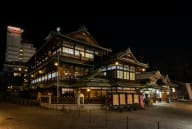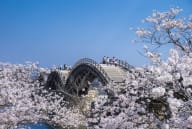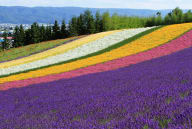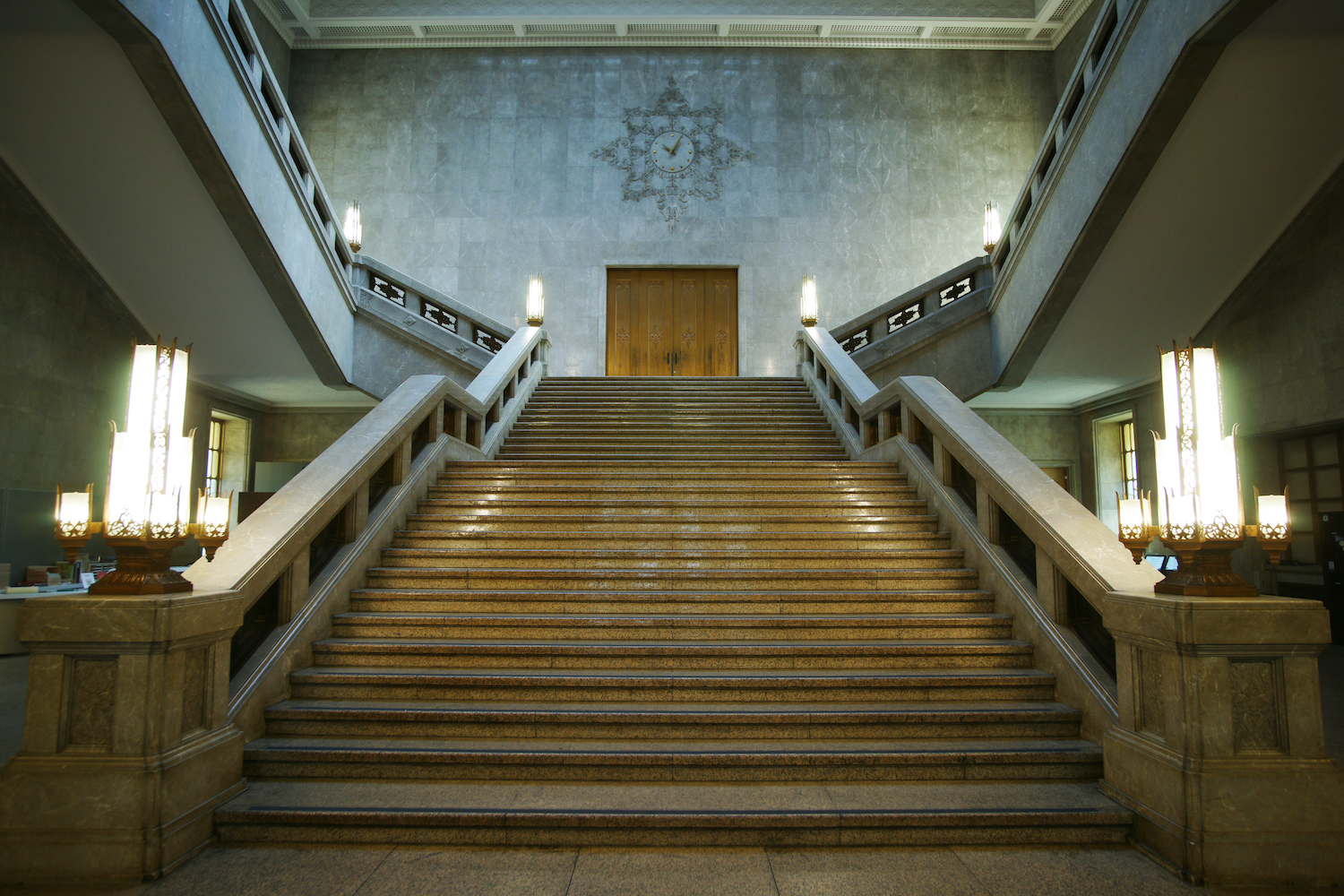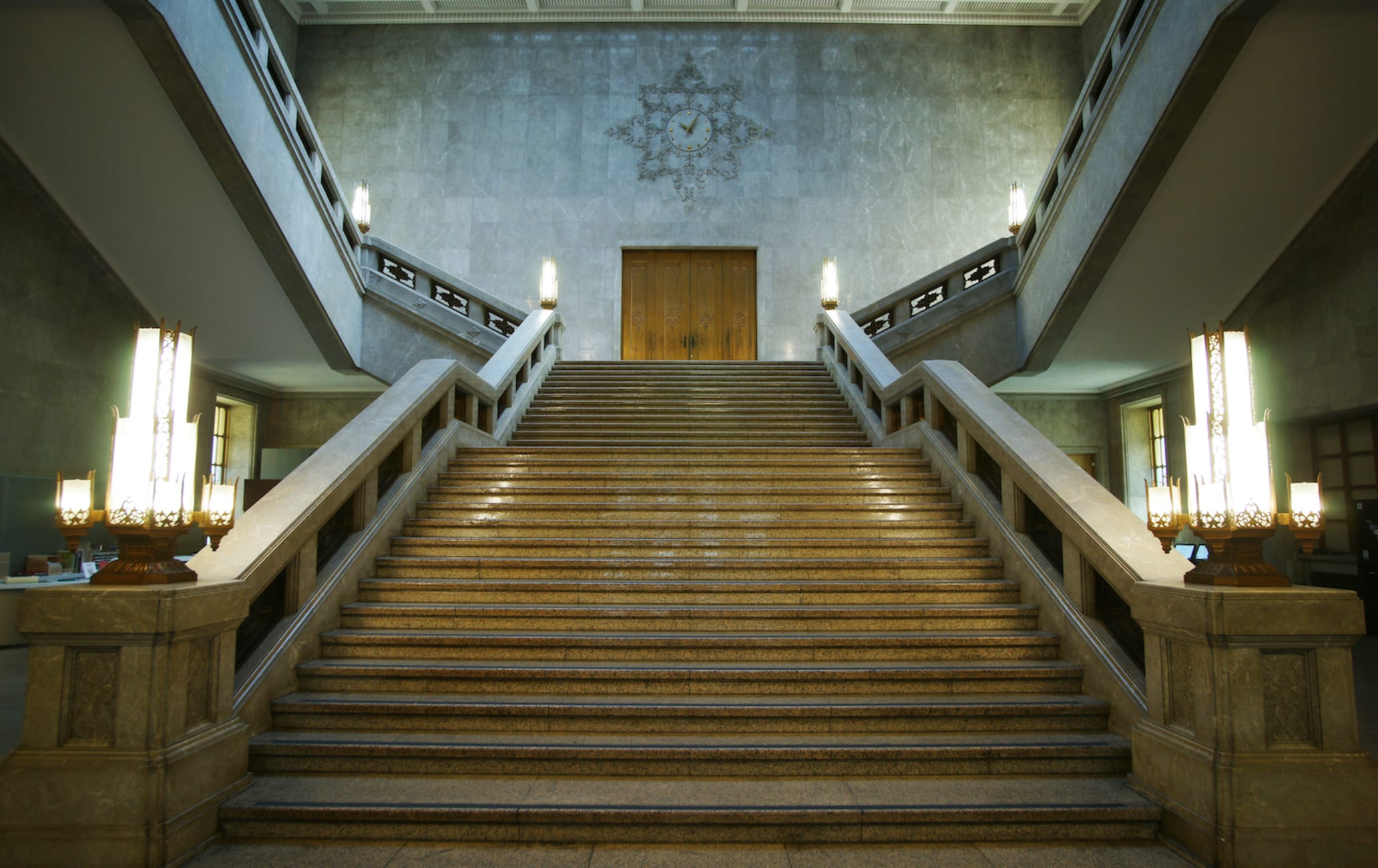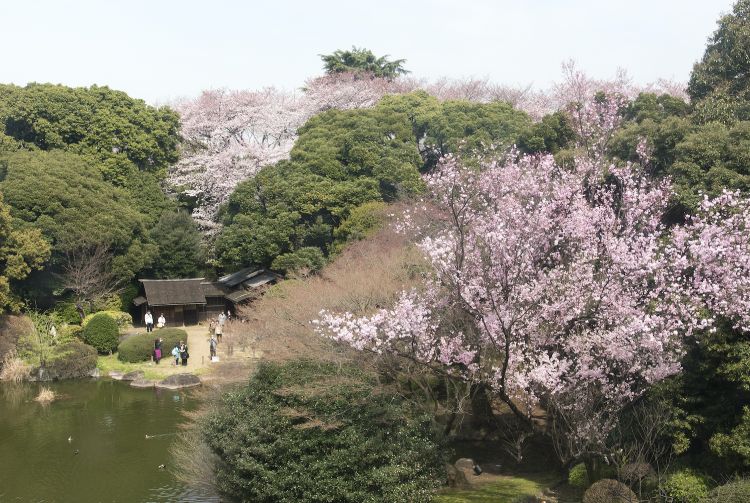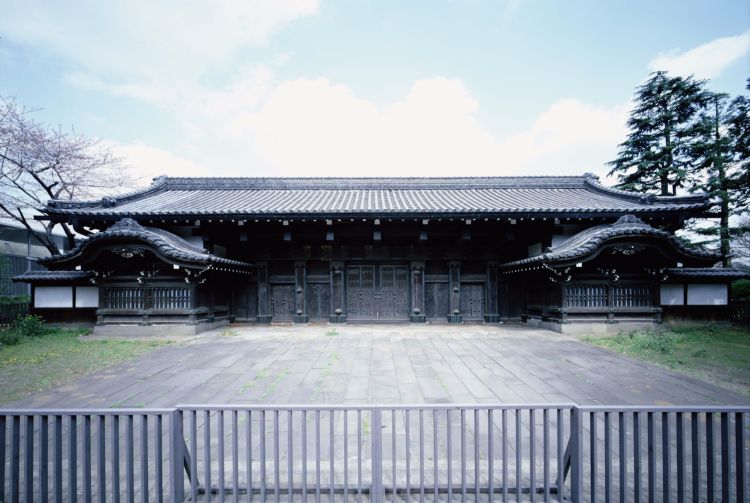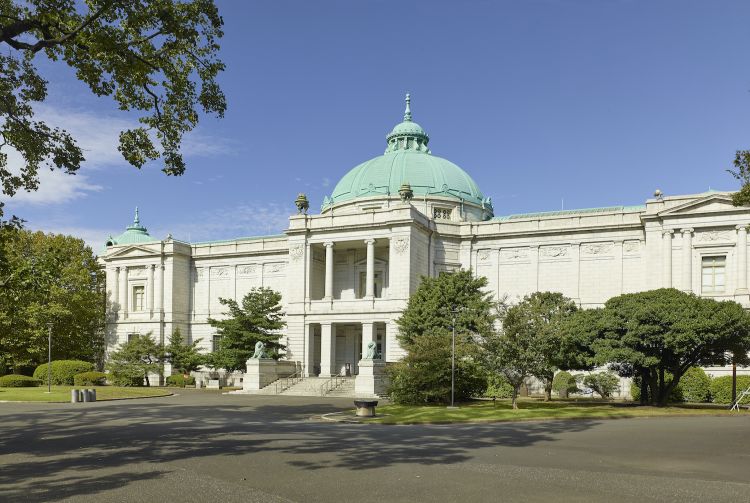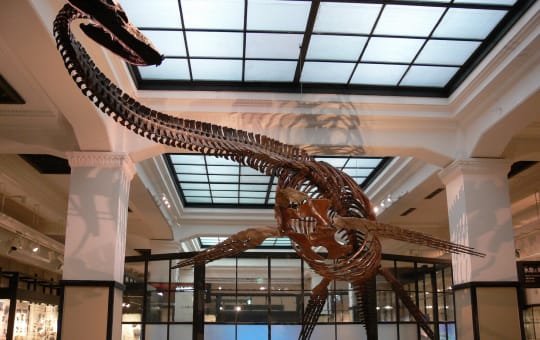Japanese Gallery (Honkan)-Entrance
Un musée extraordinaire qui fait la chronique de l'histoire et de la culture du Japon
Le musée national de Tokyo (MNT), le musée avec la plus longue histoire du Japon, se vante d'une collection exceptionnelle et complète d'œuvres d'art et d'objets venant du Japon et d'autres régions d'Asie, ainsi que d'informations sur la culture et l'histoire japonaises.
À ne pas manquer
- Les expositions d'armures et d'armes de samouraïs
- Les six salles d'exposition du musée
- Savourer un thé dans l'un des nombreux salons de thé si vous avez un peu de chance
Comment s'y rendre
Le musée national de Tokyo est situé dans le parc d'Ueno , facilement accessible depuis la gare d'Ueno. La gare d'Ueno est située sur la JR Yamanote Line, à quatre arrêts de la gare de Tokyo et à une station de métro de la ligne Hibiya et de la ligne Ginza.
La plus grande collection de trésors artistiques japonais
Fondé en 1872, le MNT est non seulement le musée ayant la plus longue histoire du Japon, mais abrite également quelque 120 000 œuvres, dont 89 sont considérés comme trésors nationaux et 650 comme des biens culturels importants du Japon, y compris la Galerie Japonaise en elle-même.
Près de 3000 artefacts de la collection sont exposés à la fois. Il faudrait plus de 20 visites minutieusement planifiées pour voir la majorité des artefacts de cette collection. La collection est si complète que, quelle que soit votre connaissance du Japon, il est certain que vous y trouverez des objets extraordinaires.
Tout sur les samouraïs
Plusieurs expositions du musée sont en lien avec les samouraïs, et présentent en particulier des sabres et des amures. La collection comprend de spectaculaires objets et artefacts utilisés par des samouraïs ordinaires avec des panneaux qui expliquent en détail la manière dont ils se distinguent de ceux utilisés par l'élite et les classes dirigeantes.
Museum Garden
Des artisans créatifs
Le musée présente également un large éventail d'œuvres artisanales, en particulier datant de l'ère Edo (1603-1867), une période de paix relative durant laquelle l'artisanat traditionnel s'est épanoui. On y trouve par exemple de belles pièces de sculpture, de métallurgie, de poterie, de laque japonaise (urushi) et de textile.
Dans les sections consacrées au nô et au kabuki, à la cérémonie du thé et au bouddhisme, vous pourrez découvrir la manière dont l'artisanat et les artisans ont contribué à l'histoire, au commerce et à la culture du Japon.
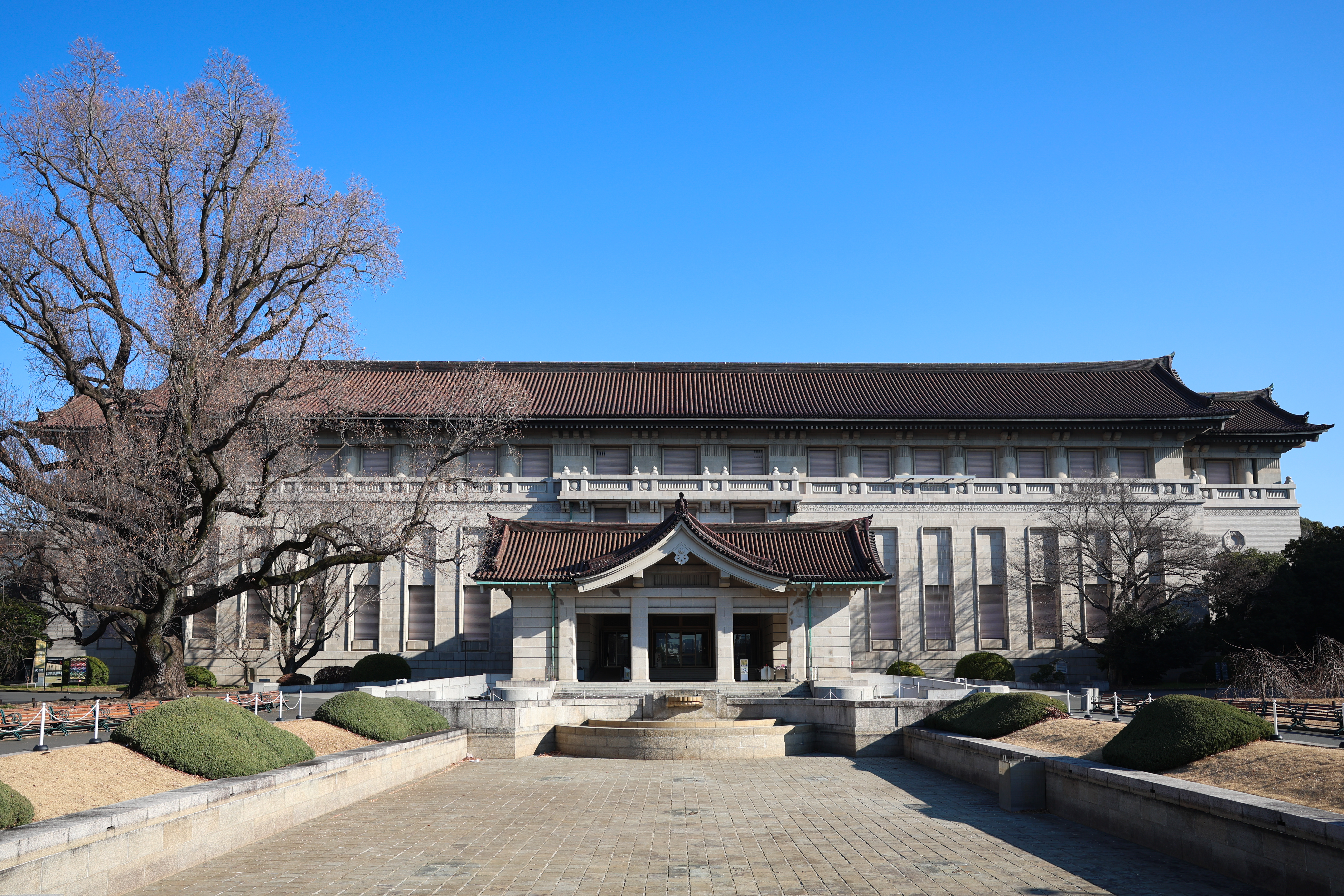
Japanese Gallery (Honkan)
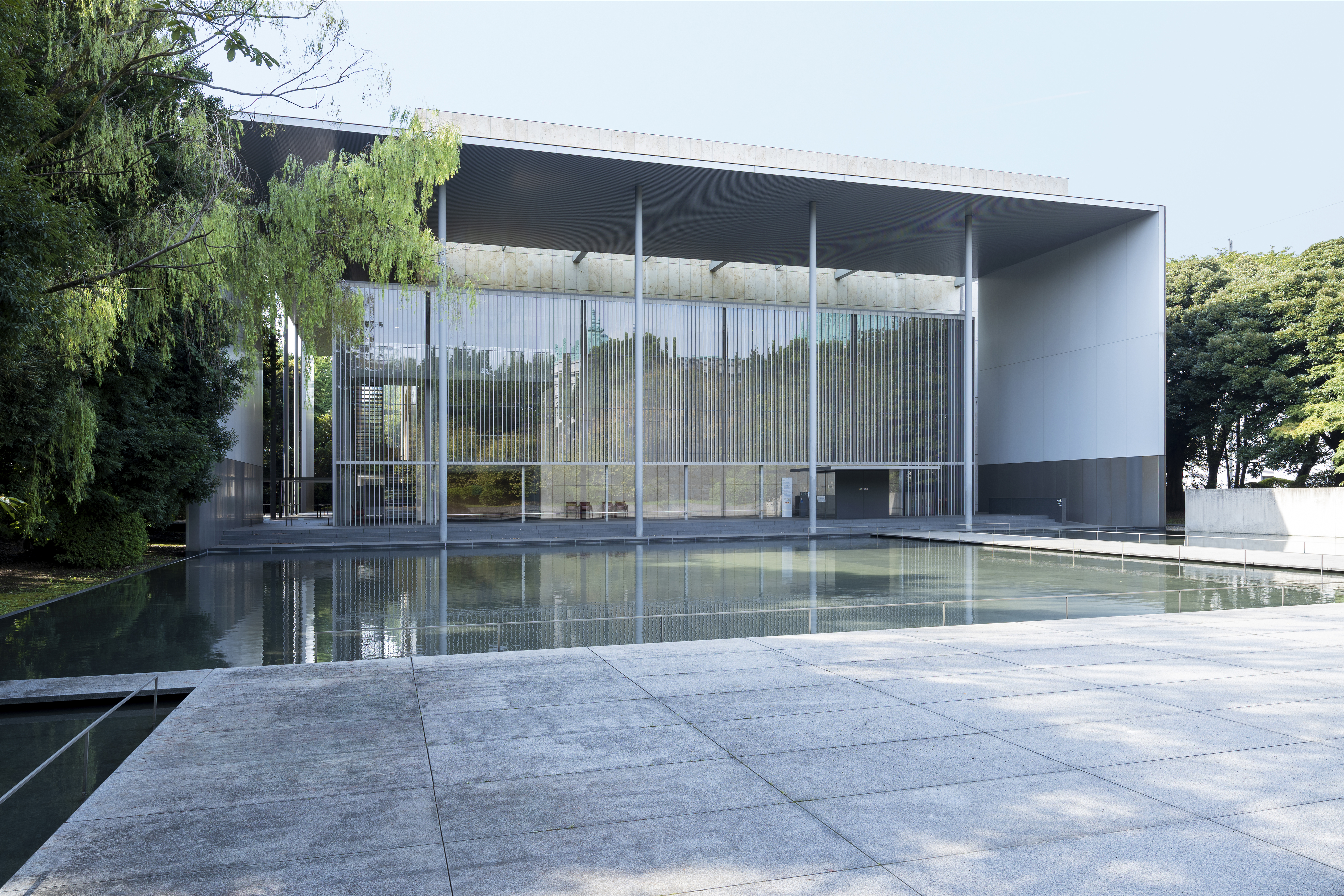
The Gallery of Horyuji Treasures
Promenez-vous dans le vaste domaine du musée
Le complexe du musée comprend six galeries, dont la Galerie Japonaise (Honkan), et chacune d'entre elles est suffisamment grande pour être un musée à part entière. Même si vous n'avez pas le temps visiter toutes les galeries, assurez-vous de vous y promener pour admirer leur architecture.
Le jardin japonais situé derrière le bâtiment principal est ouvert au public. Il comprend cinq maisons de thé traditionnelles.
Kuromon ("Black Gate")
Hyokeikan
















